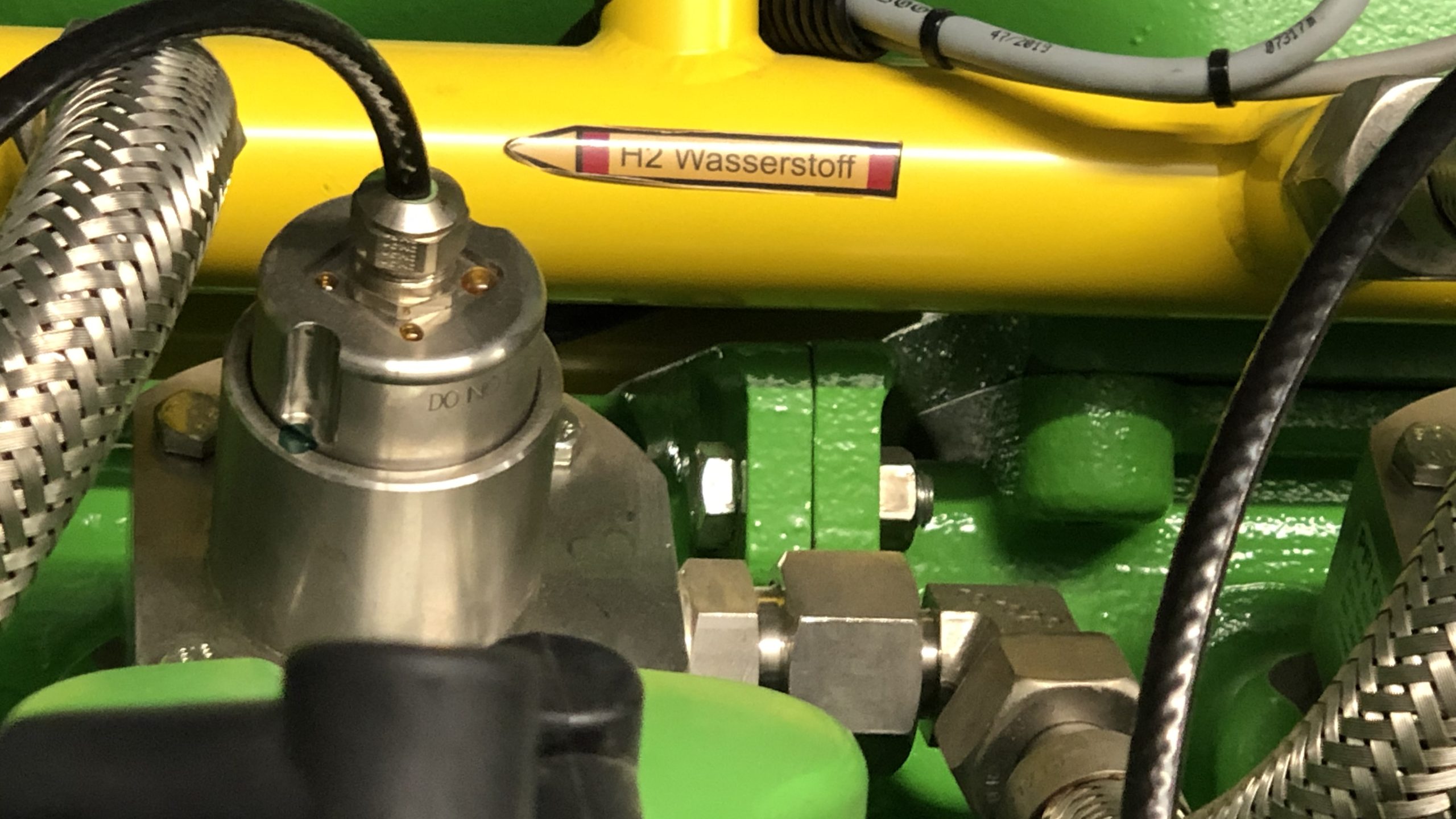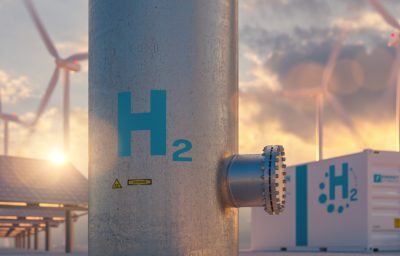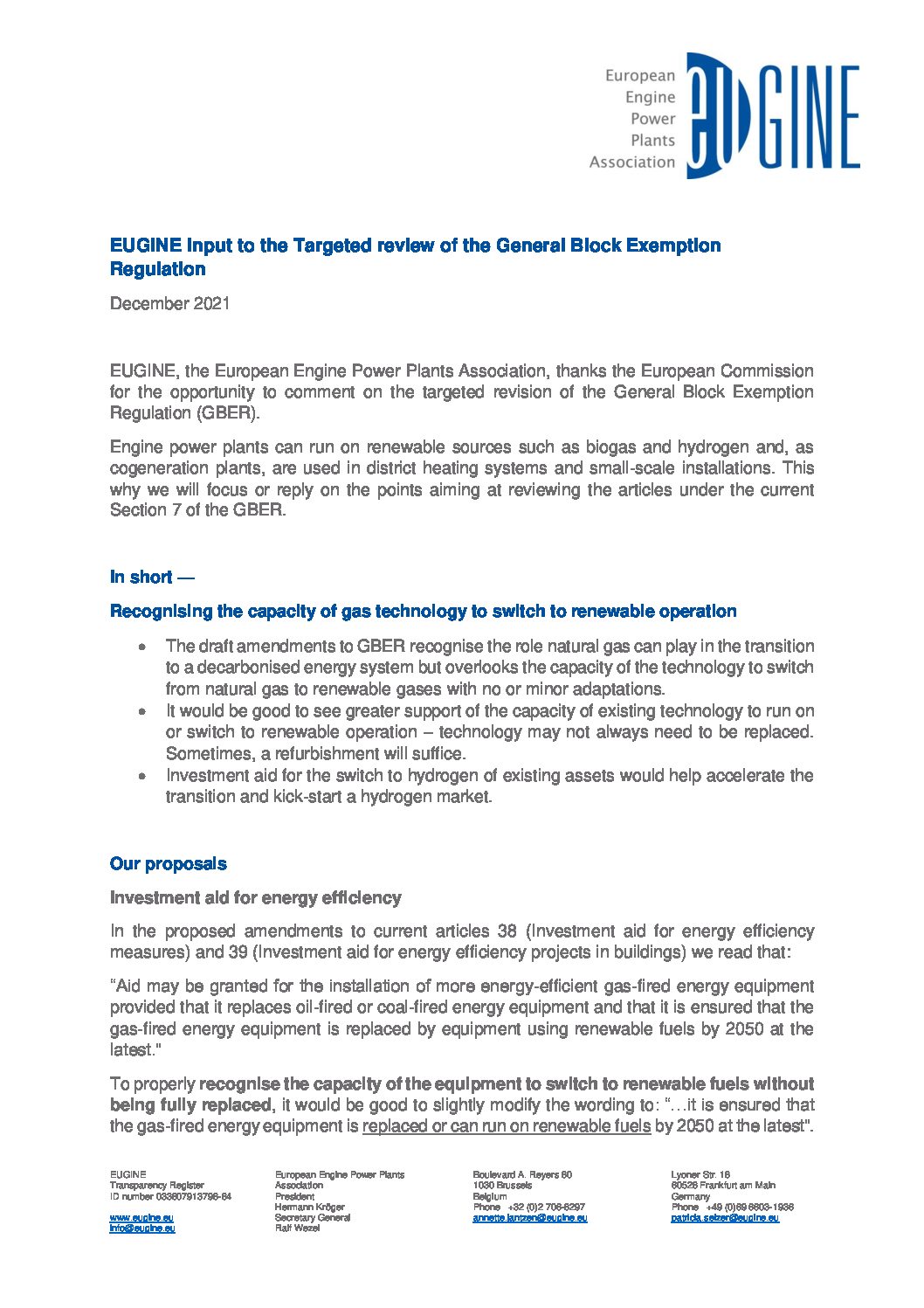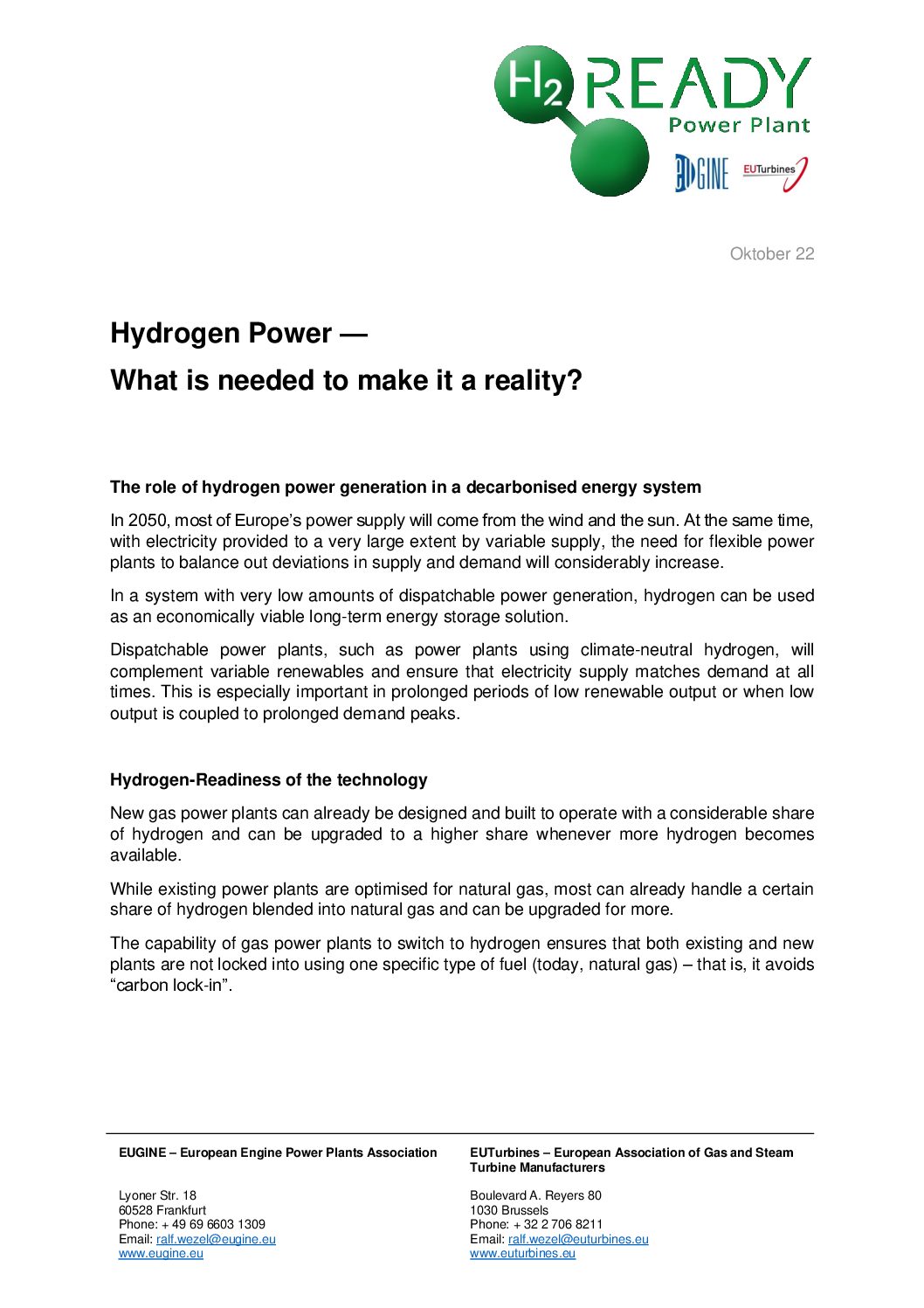Hydrogen is emerging as a key option to replace natural gas in our energy system and an energy storage solution for over longer periods of time and in large quantities. Using clean hydrogen in engine power plants instead of natural gas allows them to generate electricity and heat in a carbon-neutral way.
Ralf Wezel, EUGINE Secretary General
H2-Ready Definition for new plants
Existing engine power plants have been optimised for the use with natural gas. Nevertheless, all new engine power plants and most existing installations can be adapted to the use of hydrogen, whenever the operator foresees a switch.
To provide a clear view of what “hydrogen-readiness” means for engine-powered gas power plants, EUGINE and its members have developed a common H2-Ready definition and a checklist that can be used by industry, investors, and policymakers to evaluate existing plants.
The EUGINE H2-Ready definition specifies what “H2-readiness” means for new engine power plants, based on the percentage share of hydrogen used by the plant and the technical and financial efforts needed to reach the desired H2-readiness level in the future.
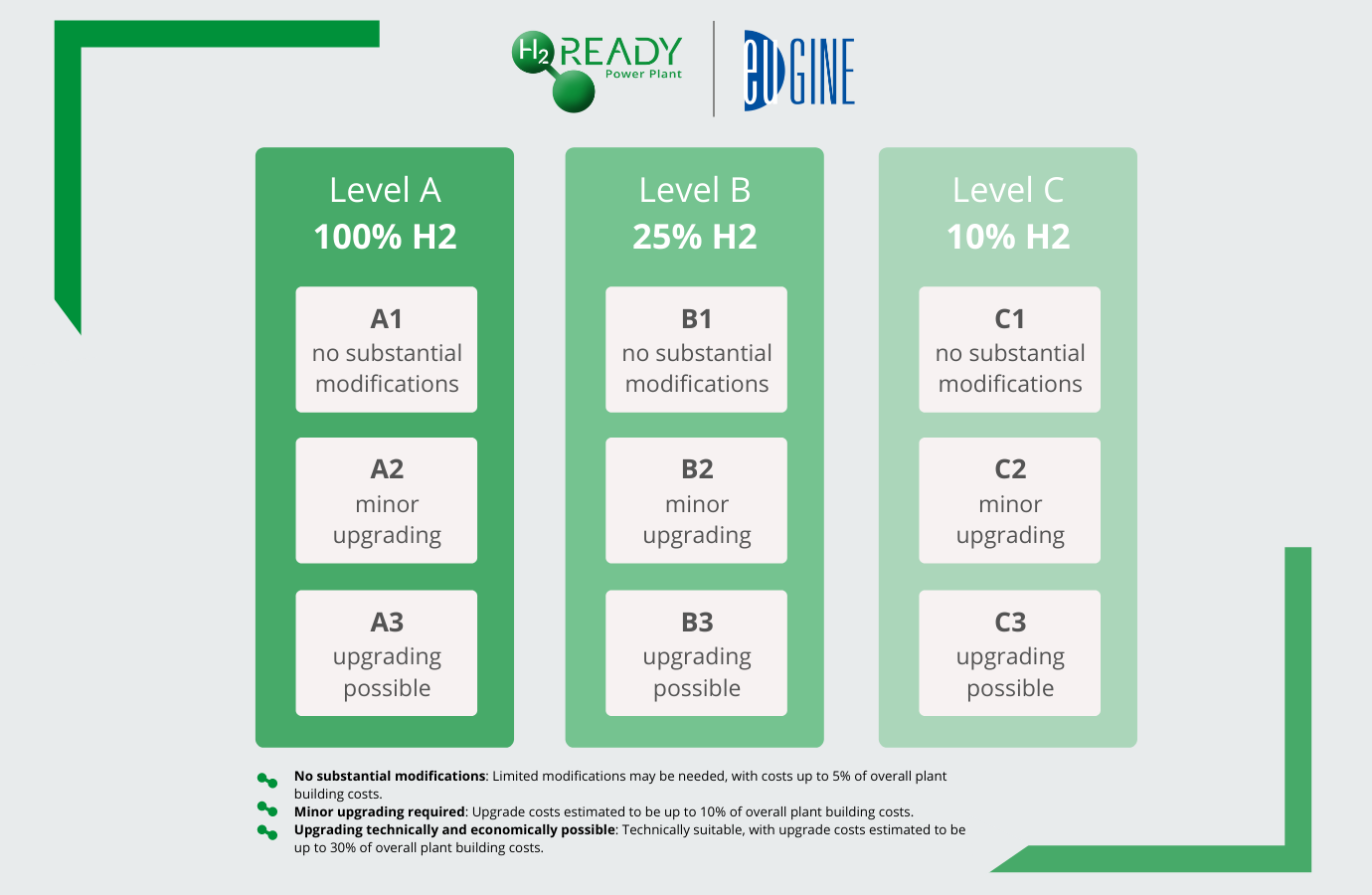
For example, an “A1 level” plant is able to operate at 100% hydrogen without any substantial modifications, while an “A2 plant” will require some minor upgrades, costing less than 10% of the overall plant building costs. For further details about the H2-readiness classes please the document below.
H2-Ready Checklist for existing plants
EUGINE has therefore developed a checklist identifying the plant components that need to be considered when foreseeing a switch to hydrogen operation, offering a common industry approach and an easy template to discuss plant modifications.

